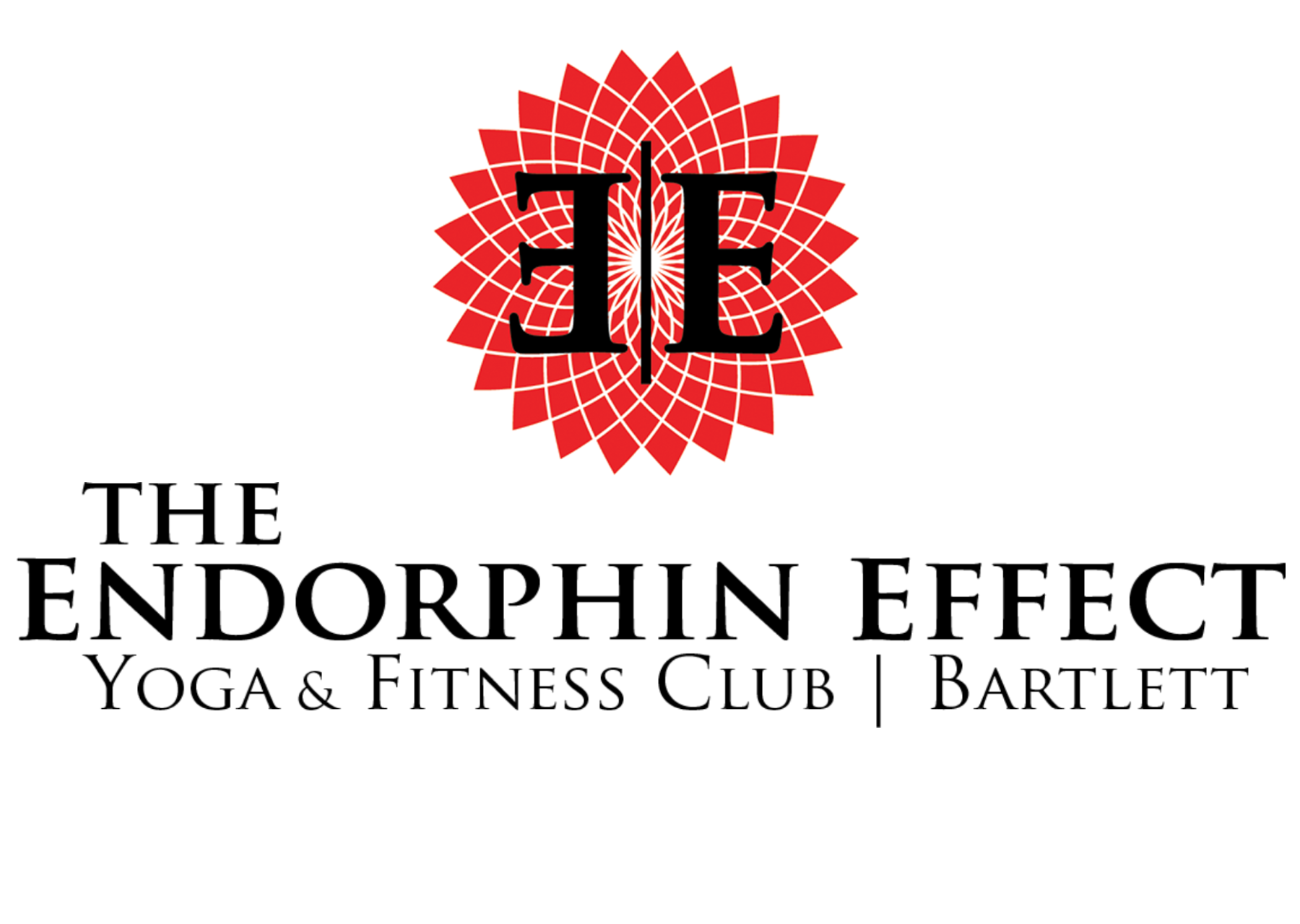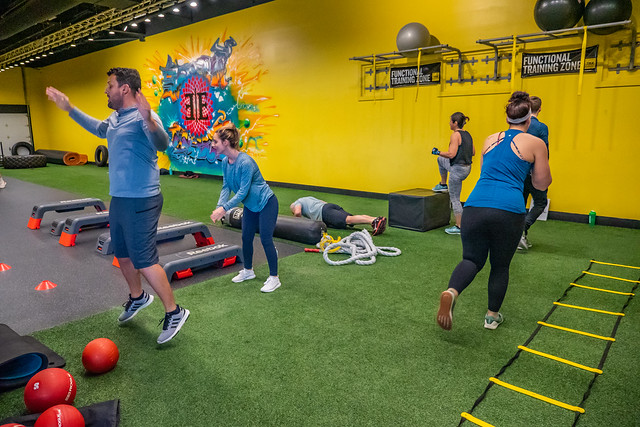No matter what kind of fitness goals you’ve set for yourself, mastering the basics is crucial. Those initial steps will vary depending on what you’re hoping to get out of your fitness plan, but each and every one has to start with something. When it comes to bodyweight training, hammering down the basic fitness steps is a must…but what does that mean?
Fitness website GMB recently took a look at that exact question, and came away with some helpful information for anyone looking to change up their fitness routine. The entire breakdown is linked here but we’ll highlight some of the most important parts below:
Many people think “the basics” just means beginner exercises, but when we talk about the basics, we’re referring to the foundation–the “base”–of the skills and movements you’re trying to achieve.
That will differ depending on your goals and starting point, but it stems from three primary attributes:
- Strength–this includes power and endurance
- Flexibility–this includes mobility and joint health
- Control–this includes balance and coordination
Every skill or exercise can be broken down into these most basic attributes. This means that, no matter how much you struggle with a particular exercise, you can break it down into these attributes and focus on the areas you struggle with the most.
Strength
It’s no secret that strength is a necessary part of athleticism and physical capability, but it’s often misunderstood. Many fitness programs teach strength only in terms of how much weight you can lift, how many sets and reps you can bang out, or how big your muscles are. Those markers of strength are okay, but they’re pretty limited and don’t tell you much about a person’s athletic ability. And when you’re trying to break down a skill to tackle its basic components, the amount of weight you’re benching probably won’t help with that.
- Power: Power considers how quickly you can use your strength. For skills like jumps, martial arts that involve kicks, and many gymnastic exercises, power is key.
If you practice a sport or activity that requires a good amount of power, then this is the aspect of strength you want to spend time building. One way to build power is by training jumps. Our jump tutorial has progressions to match every skill level.
- Endurance: Endurance is the ability to use your strength for long periods of time.
Many sports, like Brazilian Jiu Jitsu, running, and climbing require high levels of strength endurance. If you do anything like that, you should focus on this aspect of strength.
In addition to doing more of your favorite endurance activities, locomotion is a great way to work on this attribute.

Flexibility
Many people associate flexibility with advanced stretches, like the splits, but in reality, “flexibility” is just the ability to get into the positions you want and need to get into.
So, no matter what activities or skills you practice, flexibility is a basic necessity. Here’s what it includes:
- Mobility: In the fitness world, the “mobility vs. flexibility” debate is neverending, but the truth is they’re inseparable.
Flexibility, in technical terms, refers to the pliability of a muscle, while mobility is the application of that pliability. Unless you’re training for the nonexistent sport of having really stretchy muscles, your favorite activities likely require applied flexibility (a.k.a. mobility).
A good example of how to train for this is how we teach the squat. It’s often looked at as a static flexibility exercise, but see our bodyweight squat tutorial to learn how you can put it into motion.
- Joint Health: Flexibility is just as much about the joints as it is about the muscles and tendons. If your joints aren’t moving well, there is likely poor pliability in your muscles, and vice versa. You need both your joints and muscles to be healthy to get into a deep squat.
Targeted stretching and mobility work, like we show in our Body Maintenance Guide, can help your joints to move well which will help you achieve greater levels of flexibility.
Having healthy joints, without pain or discomfort, is fundamental for complex skill and athletic ability.
Control
Control is what makes it possible to apply your strength and flexibility smoothly and with intention. The smooth performance of a skill means steady and obvious control through every inch of your movement.
This is a basic attribute of athletic performance because, without control, the more obvious attributes of strength and flexibility are not as useful.
Body control is what sets impressive athletes apart. Here’s what control is made up of:
- Balance: Being able to maintain balance through difficult positions is essential to controlling your body. The key, though, is that “difficult positions” is dependant on the person moving in those positions.
If you’re a regular joe, you may work on your balance by working on front scales or practicing standing on one leg with your eyes closed, whereas a seasoned dancer would need more complex challenges to improve her balance in motion.
- Coordination: Coordination is what lets you perform complex movements faster, smoother, and with more confidence.
Activities that specifically target coordination are helpful because our nervous system creates pathways from the brain to the body based on repetitive action.
If you want to control your movements in whatever physical activities you love, working on coordination is important.
As always, we also checked in with some of our excellent staff here at The Endorphin Effect for their breakdown of bodyweight training basics:
They are the most basic form of exercise. Learning to move yourself will create a stronger, more conscious, and more consistent movement pattern.
Body-weight training is one of the best ways to train. Think about it, our body is what we move every second of every day. Shouldn’t we know how our body moves and improve our ability to move it? It is also one of the best exercises to burn fat and lean out, while building strength and coordination. I believe body weight training should be done before you ever pick up a weight in the gym.
People should know that if they’ve never done bodyweight training, they should probably get a trainer to help them. This is important so they learn proper body mechanics so they don’t hurt themselves.
It doesn’t mean gaining massive muscles. It’s important to toning and weight loss. Your weight will go up and down but as long as you eat correctly you’ll be fine
Its hard Its important and its long lasting



